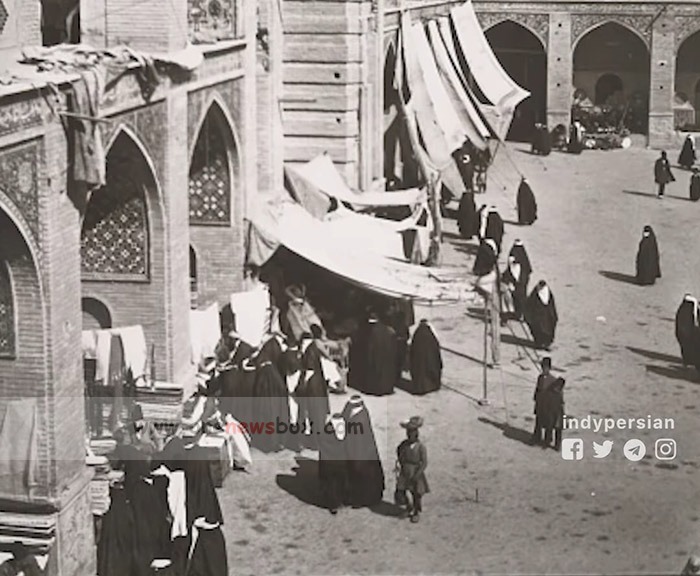The Golestan Palace, known as “Kākh-e Golestān” in Persian, is a historic architectural masterpiece located in Tehran, Iran. This magnificent palace, whose name translates to the “Rose Garden Palace,” is one of the oldest historic monuments in the city and is recognized as a UNESCO World Heritage Site. As the former royal complex of the Qajar dynasty, it has played a crucial role in Iran’s history, hosting key events and housing significant cultural treasures.
Historical Background
The origins of the Golestan Palace can be traced back to the early 15th century when Ruy González de Clavijo, an envoy of King Enrique III of Castile, documented his stay in Tehran in 1404. At that time, Tehran was a small settlement with no significant political importance. However, by the Safavid period (1502–1736), the city began to develop as a center of governance. During the reign of Tahmasp I (1524–1576), Tehran’s arg (citadel) was constructed, forming the foundation for what would later become the Golestan Palace.
Under Abbas the Great (r. 1588–1629), the city was further expanded, and the palace area saw significant modifications. The royal citadel was transformed into a grand residence, with a large garden and fortified walls surrounding it. By the late Safavid period, Tehran occasionally served as a temporary residence for the Safavid court.
The Qajar Era and the Golden Age of Golestan Palace
The most significant transformation of Golestan Palace took place during the Qajar dynasty (1794–1925). When Agha Mohammad Khan of the Qajar dynasty chose Tehran as his capital in the late 18th century, the palace complex became the official residence of the Qajar rulers. The complex was expanded and beautified under subsequent Qajar kings, particularly under Naser al-Din Shah (r. 1848–1896), who commissioned major renovations and additions in the 19th century. In 1865, the palace was rebuilt to its present form by the master architect Haji Ab ol Hasan Mimar Navai.

